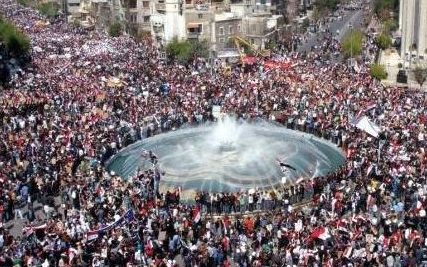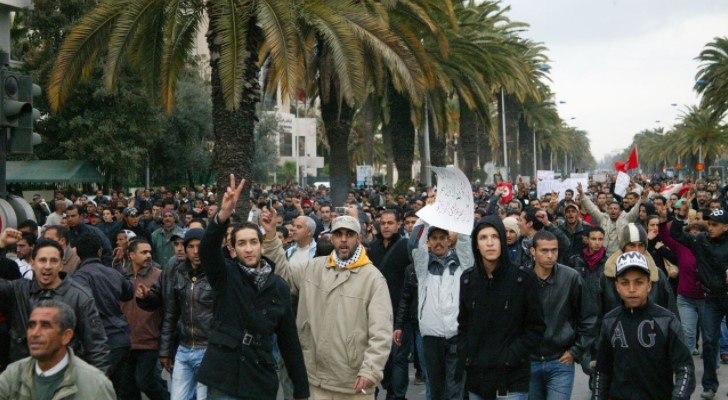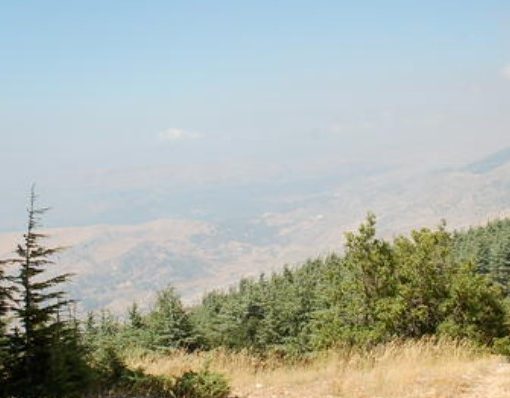After events in Tunisia, Egypt, Libya and Bahrain, Syrian citizens have finally found a voice again

There are small numbers of tourists in the old city of Damascus and the many foreign students who come to Syria to study Arabic haven’t left. May Mamarbachi, a tourism and travel operator, is running her business as usual – more or less. She has just sent some clients to Palmyra, and confirms that Bosra, with its Roman amphitheatre, is safe. “We are only avoiding Latakia,” she says briskly.
As well they should. Latakia, Syria’s principal port city and seaside resort, located north-west of Damascus, has joined Deraa as the latest hot spot. Clashes between protesters and military police there have led to beatings, arrests and 12 deaths in the past week. The military are still on the streets. The relative calm in Damascus belies a situation that is constantly changing and the mood is tense. The government is on the defensive; careless talk could lead to trouble.
Bashar bashing
There has been much commentary in the international media about which way President Bashar al-Assad will go: whether he will continue the crackdown or manage to persuade protesters that his proposed reforms are convincing and will happen. On 24 March, a state spokeswoman announced that there would be extensive concessions, including the release of political prisoners and a “study” into the possibility of ending emergency laws that have been in place since 1963. However, the next day security forces reacted violently to the protests in Deraa, Latakia and elsewhere.
The moves exposed a government unwilling – perhaps unable – to keep its promises, amid disagreement within the security forces, intelligence services (the notorious mukhabarat) and Assad’s inner circle. The cabinet resigned on 29 March in an attempt to allay the protests. At the time of going to press on 30 March, the president was due to address his people and announce details of the reforms.
Unrest began in early March in the south in Deraa, where teenagers were arrested for scrawling subversive graffiti on walls. The ensuing protests there and in other cities were put down by security forces on 18 March. Government officials blamed foreigners, infiltrators or armed gangs for the chaos. The trouble has continued for many days now, and at least 60 people have been killed there alone. The city is surrounded and besieged, and electricity and telephone networks have been cut intermittently. Armed forces entered the city, dispersing crowds with tear gas. There was a report that agents confiscated wheat supplies from bakeries just before the siege to squeeze the rebellious population.
That the unrest has reached Latakia is an important development, because the city is religiously mixed. Mostly Sunni, it is, however, a heartland of the Alawites, the minority Shia sect to which the Assads belong, and also home to many Christians. This means that sectarianism and Sunni resentment against the ruling Alawites cannot be blamed for the uprisings.
While the situations in Deraa and Latakia are the most severe, there have been protests all over the country. On Friday 25 March, which activists called the Day of Dignity, there were demonstrations in central and suburban Damascus, Homs, Hama, Aleppo, Idlib, Tafas and other towns. Some were small and ended without trouble. Larger protests were aggressively dispersed by the military police.
Hama brings particularly emotive memories for Syrians, who recall how President Hafez al-Assad, Bashar’s father, massacred tens of thousands of residents in 1982 after a revolt led by the Muslim Brotherhood resulted in the city being besieged by special forces units and soldiers. Hama had been the organisational centre of Islamist guerrilla attacks against the Ba’athist regime. The brutal suppression was a decisive blow against Islamism in Syria.
Pro-government demonstrators, too, have been out on the streets in Damascus, in particularly large numbers on 29 March. Ausama Monajed, an activist and Syrian exile who runs a media information network for the revolution, is not surprised by their appearance. He says pro-government supporters “are mostly employees of companies owned by the political-business elite” – for example, the mobile-phone companies MTN and Syriatel. The latter, whose offices in Deraa were burned by protesters, is owned by the president’s cousin Rami Makhlouf. People were encouraged to attend the pro-Assad rallies: schools were closed for the day and civil servants given time off. But Monajed believes that most were forced.
The net effect
While people in the capital remain mostly silent, they keep a keen – and discreet – eye on events by watching al-Jazeera and foreign news channels. State television is notoriously unreliable. They are also using the internet, where mobile uploads of demonstrations in many parts of the country are posted. As in Tunisia, Egypt and Libya, these are effective at spreading news and rallying support.
Facebook is buzzing with images of people in Deraa dismantling the statue of Hafez al-Assad, of crowds shouting for freedom and, in some cases, of protesters being sprayed with tear gas or bullets.
Assad is said to have the support of the prosperous middle classes and religious minorities, which he protects; some believe he is a moderate surrounded by the severe state security apparatus established by his father. Activists dismiss such arguments as excuses. Instead, to counter misinformation that the protests are sectarian, they are organising nationwide rallies to be held on 1 April, the “Day of Unity”. At first serenely unaffected by the flames that have set the Middle East alight, Syria is now unmistakably feeling the heat, and much depends on the reaction to the president’s speech.
Read the full article in the New Statesman here


